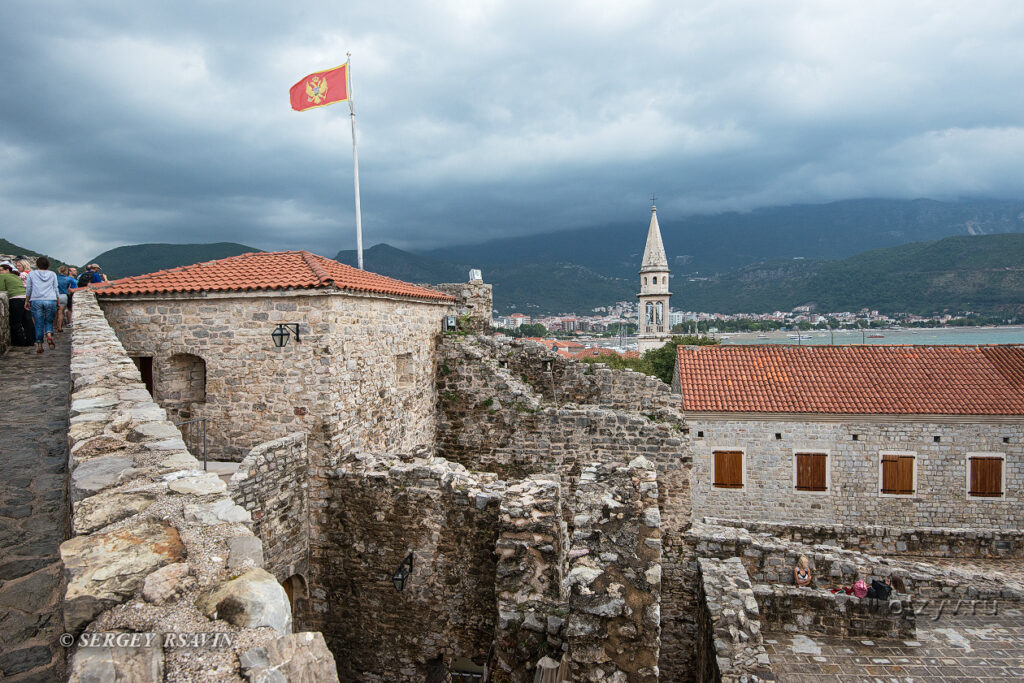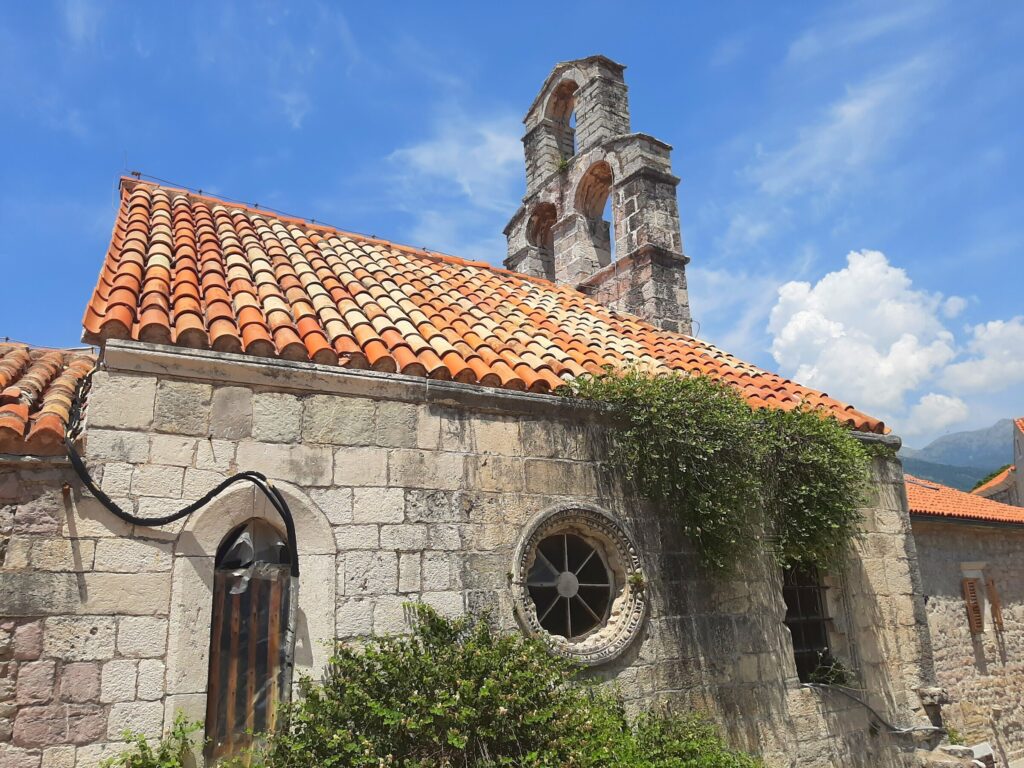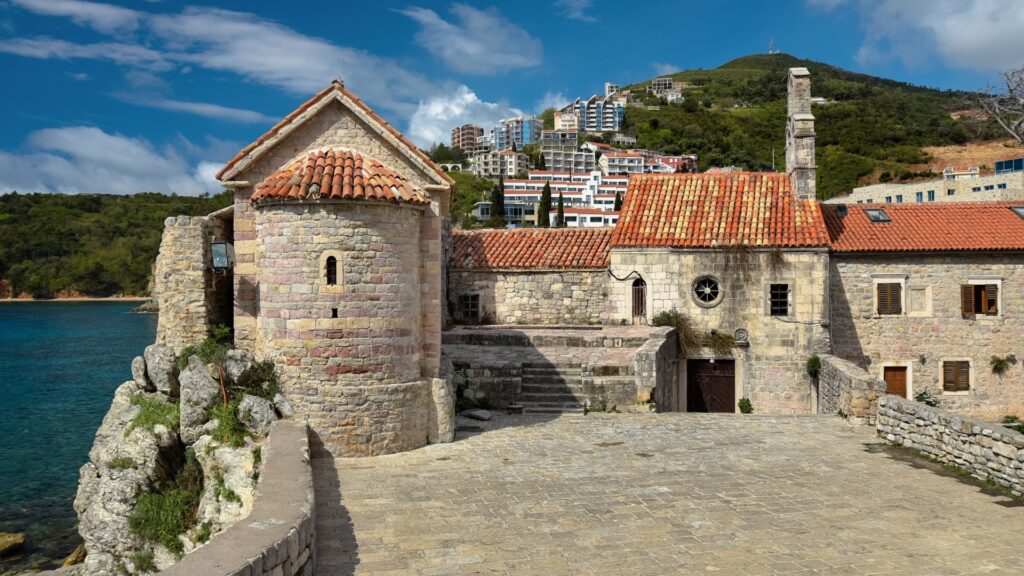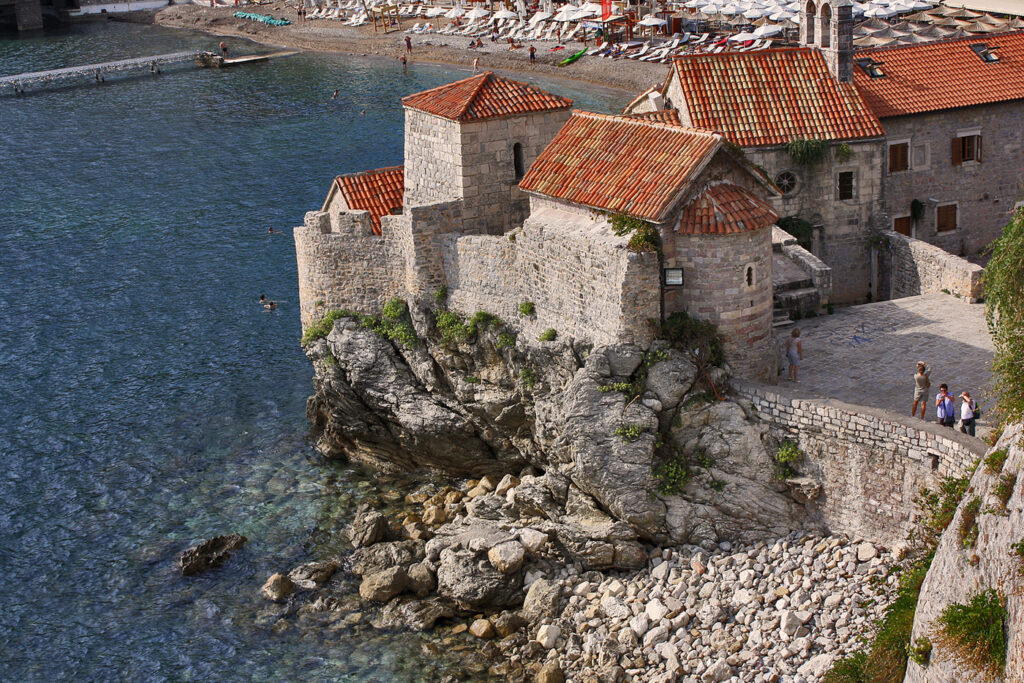Historical Origins of Saint Mary's Fortress
The Adriatic coastline, dotted with fortresses and watchtowers, carries tales of centuries gone by. Among these, the “Saint Mary’s Fortress” stands as a testament to the strategic and cultural significance of the region. Built during an era when sea routes were pivotal for trade, politics, and warfare, the Saint Mary’s Fortress played a crucial role in the defense and prosperity of its domain.
Over the centuries, the fortress witnessed several rulers, each leaving an indelible mark on its structure and purpose. Originally constructed as a beacon of defense against potential invaders from the sea, it gradually integrated into the local culture and trade dynamics. Historians suggest that its position was of paramount importance, as it overlooked crucial naval routes, ensuring control over trade and naval movements.
The architecture of Saint Mary’s Fortress reveals its historical timeline, with remnants of different epochs and styles. This amalgamation of styles is a direct result of various rulers and dynasties that once sought control over this pivotal maritime point. Furthermore, archaeological excavations in and around the area have unearthed artifacts that shed light on the rich history and the lives of people who once took refuge within its walls.
Today, while the fortress is no longer in active defense use, it stands as a testament to the region’s tumultuous past, narrating tales of invasions, trade, and cultural exchanges. Exploring Saint Mary’s Fortress offers a journey through time, an experience enriched by the knowledge of its crucial role in shaping the historical trajectory of the Adriatic coast.

Architectural Features of Saint Mary's Fortress
The majestic Saint Mary’s Fortress, rising against the backdrop of the Adriatic Sea, is a marvelous display of architectural innovation and historical adaptation. This edifice, which has stood the test of time, encapsulates design elements that are reflective of its various phases of construction, renovations, and cultural influences.
Initially built as a bastion of defense, the primary design of Saint Mary’s Fortress is heavily fortified. The robust stone walls, built with local materials, were designed to withstand both time and enemy sieges. These walls not only served as a protective barrier but also acted as a deterrent to potential invasions, showcasing the might and strength of its rulers.
The watchtowers of the fortress are strategically positioned to offer a panoramic view of the surrounding landscapes and seascapes. These towers, often the highest points in the fortress, were essential in monitoring incoming ships and detecting threats from afar. Their crenellated designs, which are characteristic of medieval fortresses, were practical for both observation and defense.
Within the confines of the fortress, one can discern the influence of various architectural styles. As the Saint Mary’s Fortress changed hands over the centuries, each ruling dynasty left its mark, leading to a fusion of design elements. Arches reminiscent of Gothic style coexist with Byzantine-inspired mosaics, and Renaissance-era modifications are evident in certain sections.
Courtyards and internal chambers of the fortress also tell tales of its architectural journey. Vaulted ceilings, intricate stone carvings, and defensive loopholes hint at both the functional and aesthetic considerations of its builders. The spatial arrangement of rooms, designed for various purposes ranging from armories to living quarters, showcases a keen understanding of medieval fortress layouts.
In conclusion, the architectural brilliance of Saint Mary’s Fortress is a manifestation of its storied past, influenced by multiple cultures and rulers. This amalgamation of styles not only makes it a unique monument but also a testament to the adaptability and evolution of architectural practices over time.

Saint Mary's Fortress in Cultural Context
Saint Mary’s Fortress, a monumental edifice standing proudly against the azure backdrop of the sea, is more than just a historical monument. Beyond its towering walls and strategic vantage points, the fortress holds a profound cultural significance that resonates deeply within the hearts of locals and the annals of history.
For centuries, the fortress has been a focal point of cultural activities, from royal ceremonies to public gatherings. Its vast courtyards have witnessed celebrations that mark the ebb and flow of seasons, while its chambers have echoed with songs, stories, and prayers. The very stones of Saint Mary’s Fortress seem to hold memories of bygone eras, narrating tales of cultural evolution, wars, peace treaties, and dynastic changes.
The influence of Saint Mary’s Fortress extends to the arts. Many poets, writers, and artists have been inspired by its grandeur, penning down verses and crafting artworks that immortalize its beauty and significance. The fortress, with its blend of architectural styles, stands as a testament to the confluence of cultures – a melting pot where east met west, and traditions intertwined to form a rich tapestry of cultural heritage.
Furthermore, the fortress has played a pivotal role in preserving local traditions. Festivals, fairs, and performances held within its premises have ensured that age-old customs and practices continue to thrive. It’s not just a place of historical importance but a living, breathing entity that continues to shape and be shaped by the cultural milieu.
In conclusion, Saint Mary’s Fortress is not just an architectural marvel but a cultural beacon. It symbolizes the resilience, adaptability, and rich cultural fabric of the region. As we step into its shadow, we are not just walking into a fortress; we are entering a realm where history and culture converge.

Modern Significance and Tourism Impact of Saint Mary's Fortress
Today, Saint Mary’s Fortress stands not only as a testament to architectural prowess and historical events but also as a magnet for tourism, drawing in thousands from around the world. Its modern relevance can be witnessed in the myriad ways it impacts local tourism, economy, and cultural preservation.
For tourists, the fortress offers an immersive experience. As visitors walk through its arched gateways and climb its battlements, they are transported to an era of knights, sieges, and courtly intrigues. Every stone seems to whisper tales from the past, making Saint Mary’s Fortress a favorite for history enthusiasts. But it’s not just the allure of history; the panoramic views it offers of the surrounding landscape captivates nature lovers and photographers alike.
Its influence on the local economy is palpable. Surrounding the fortress, a plethora of businesses thrive, from quaint cafes serving local delicacies to artisanal shops selling handcrafted souvenirs. The footfall that Saint Mary’s Fortress garners ensures a steady stream of revenue for these establishments. Moreover, events and re-enactments held at the fortress provide employment opportunities and stimulate economic growth.
The fortress’s role in modern tourism also paves the way for cultural preservation. As tourists flock to experience the local traditions, music, and dance performances within its walls, there is a renewed interest and pride in maintaining and propagating these customs. It acts as a bridge between the past and the present, ensuring that while the world might change, the rich cultural tapestry woven around Saint Mary’s Fortress remains intact.
In conclusion, Saint Mary’s Fortress, with its blend of historical significance and contemporary relevance, has transformed into a focal point for cultural tourism. Its influence extends beyond being a mere attraction, molding the local economy and ensuring the continuity of cultural practices. As it stands tall against the test of time, it continues to be a beacon for travelers, historians, and dreamers.

